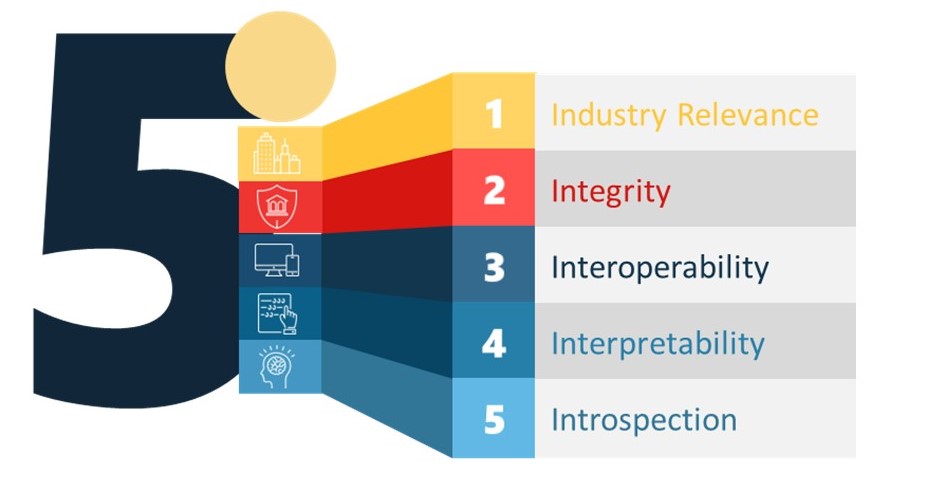Interpretability and explainability in AI play a pivotal role in building trust, ensuring accountability, and fostering adoption of AI solutions. In today’s increasingly AI-driven world, where algorithms make critical decisions affecting various aspects of our lives, understanding how and why these decisions are made is paramount.
Why interpretability matters
1 |
Transparency breeds trust
When users, stakeholders, or regulators can comprehend the inner workings of AI models, they’re more likely to trust the outcomes. This trust is essential in domains like healthcare, finance, and criminal justice, where decisions have significant consequences. |
2 |
Explainability enhances accountability
By providing clear insights into the decision-making process, AI developers and organizations can be held accountable for their models’ behavior. This accountability is crucial for addressing biases, errors, or unethical practices that may arise during the development or deployment phases. |
3 |
Fostering adoption hinges on the ability of AI systems to communicate their rationale effectively.
Users are more inclined to embrace AI solutions when they can interpret and validate the outputs. Interpretability in AI empowers end-users to comprehend the AI’s recommendations, leading to more confident decision-making and smoother integration of AI technologies into existing workflows. |
How to enforce interpretability
To enforce interpretability and explainability in AI solutions or to develop Explainable AI (XAI), several practical tips can be employed:
1 |
Utilize transparent models that inherently offer interpretability, such as decision trees or linear regression. |
2 |
Conduct feature importance analysis to identify key variables influencing model predictions, aiding in understanding the model’s behavior. |
3 |
Employ visualizations to present insights in an intuitive manner, making complex AI outputs accessible to non-technical stakeholders. |
4 |
Provide human-readable explanations alongside model predictions, enhancing transparency and empowering end-users to trust and act upon AI recommendations. |
5 |
Implement continuous monitoring and auditing mechanisms to track model performance, detect biases, and ensure compliance with regulations, thereby fostering accountability and societal acceptance. |
By prioritizing explainable AI practices, developers can not only build more trustworthy and accountable AI systems but also facilitate their widespread adoption across various domains.
 Interpretability is one of the key elements of The AES Group’s 5i framework in Predictive AI development that creates measurable value to the business while promoting data literacy across the enterprise.
Interpretability is one of the key elements of The AES Group’s 5i framework in Predictive AI development that creates measurable value to the business while promoting data literacy across the enterprise.
To learn more about our 5i framework, contact us at [email protected].
